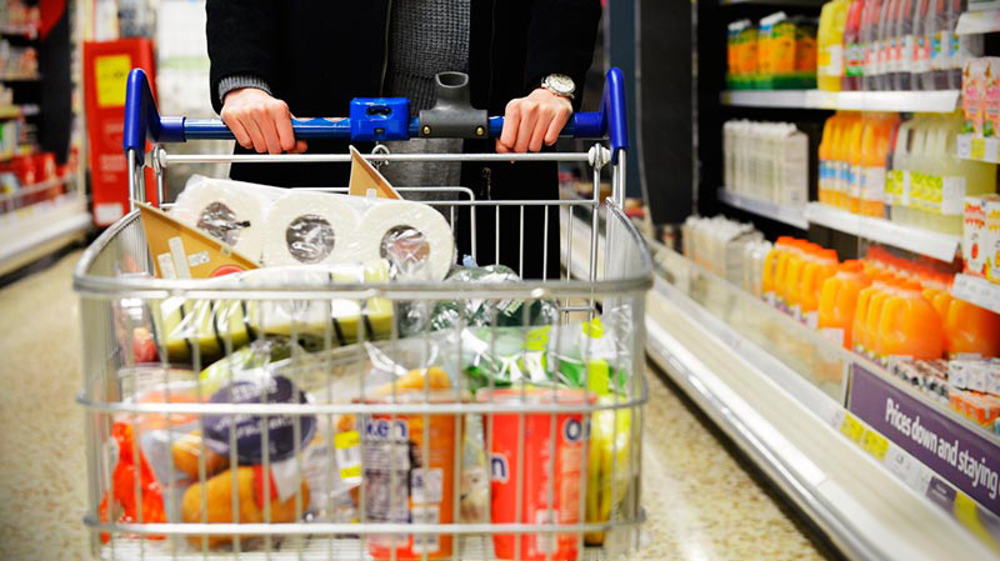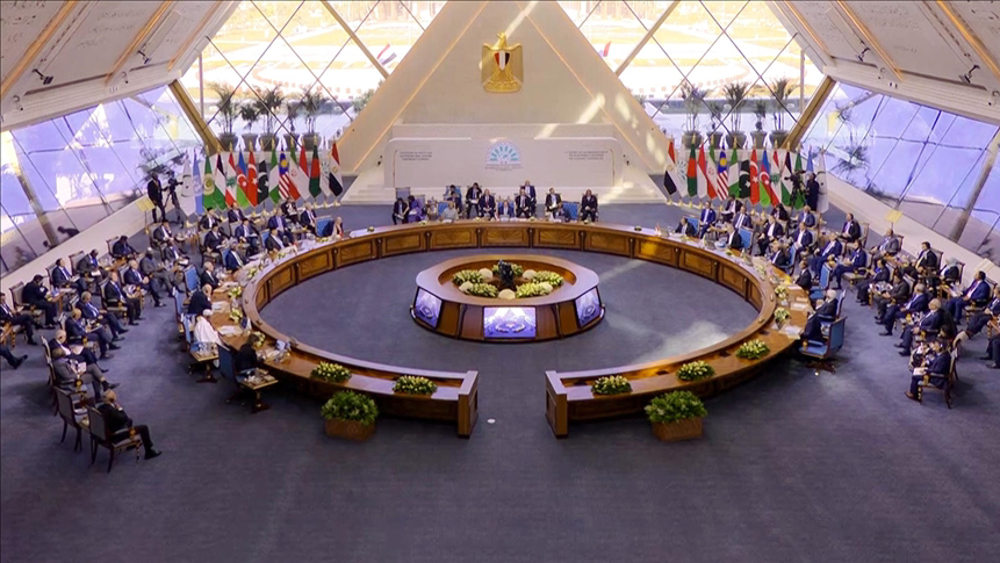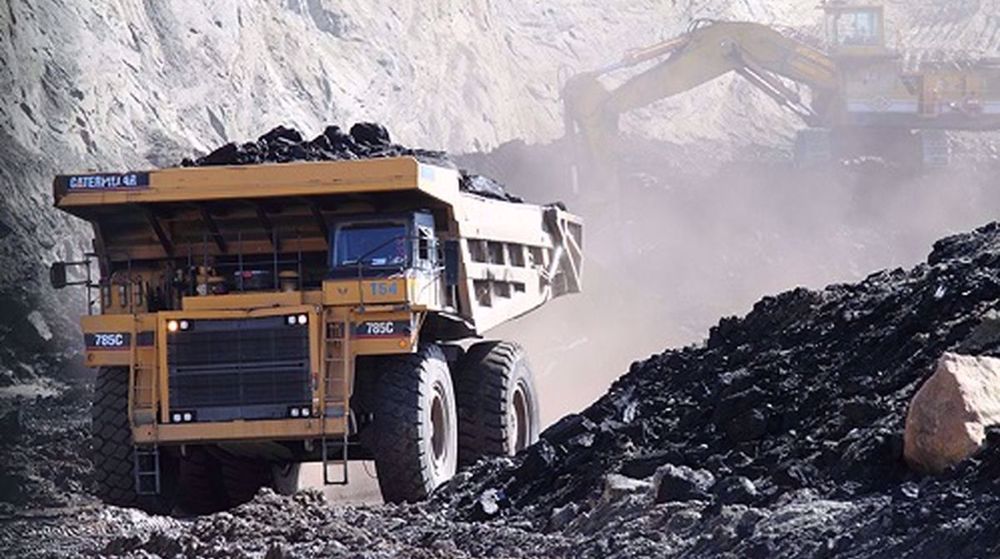Iran’s shift from importer to Asia’s largest dairy exporter
Agriculture is one of the sectors that has grown steadily since the Islamic Revolution and been able to contribute to exports in addition to ensuring the country's food security, where a peremptory comparison is telling.
Before 1979 and until a few years later, Iran was an importer of cheese, butter and industrial milk powder, where for instance about 200,000 tonnes of cheese was imported a year.
Moreover, the production chain of the dairy industry involved traditional and non-modern methods where livestock farms were generally non-industrial and the raw milk was produced with a high microbial load at local dairy barns.
The situation changed from the beginning of the 1990s, when Iran saw a mushrooming of dairy factories and a brisk rise in their need for quality raw milk which resulted in the growth of industrial livestock farms.
Currently, Iran is an exporter of various types of dairy products to about 50 countries, which bring in more than $700 million in annual revenues.
Iraq, Pakistan, Afghanistan, Azerbaijan and the United Arab Emirates took in nearly 90% of Iran's dairy exports in the first two months of the current Persian year which started in March.
Iranians consumed about 30,000 tonnes of butter a year, all of which was imported before the revolution, but there is currently three times as much production capacity installed in the country.
Today, raw milk production is about 9.5 million tonnes, according to the Statistical Center of Iran and about 12 million tonnes, based on the Ministry of Agricultural Jihad figures, a large part of which is converted into milk powder.
In the nine months of the Persian year, Iran exported about 80,000 tonnes of industrial milk powder, compared with 450,000 tonnes of the staple ingredient imported annually before the revolution.
People remember pre-revolution supermarket shelves brimming with imported dairy brands. The swell of oil money triggered a spending spree and a sudden emergence of a consumerist market.
Iran depended on imports for daily needs to the extent that 65 percent of its food had to be imported in 1979 when the revolution took place.
The prevalence of traditional livestock farming meant there were not enough factories to produce cheese, butter, and dairy products.
Since 1979, commercial farming has replaced subsistence farming as the dominant mode of agricultural production. The revolution sought self-sufficiency in foodstuffs as part of its overall goal of reducing economic dependence on the West.
The production of dairy, eggs and poultry has burgeoned in the last few years, and the exports of surplus products amid a sharp drop in the value of the rial have brought about a strong growth in the sector.
According to FAO statistics, Iran was the net exporter of milk and dairy products in 2022 when the country imported 86,000 tonnes of milk and dairy products against 1.58 million tonnes of the staple foods which it exported.
It also accounted for 17% of the total milk and dairy exports in Asia in the year, solidifying the country's place as the largest exporter of the commodities in the continent.
‘All wars have rules. All of those rules have been broken’ by Israel
VIDEO | Report flags India’s violation of rights of Rohingya detainees
Turkey's foreign minister meets Syria's de facto leader in Damascus
'Next to impossible' to rescue patients from Gaza's Kamal Adwan Hospital: Director
VIDEO | Vietnam current prosperity
Report blames gasoil exports for shortage at Iranian power plants
VIDEO | Hind Rajab Foundation names Israeli war criminals vacationing after Gaza genocide
VIDEO | Australians rally for Gaza ahead of Christmas festivities










 This makes it easy to access the Press TV website
This makes it easy to access the Press TV website